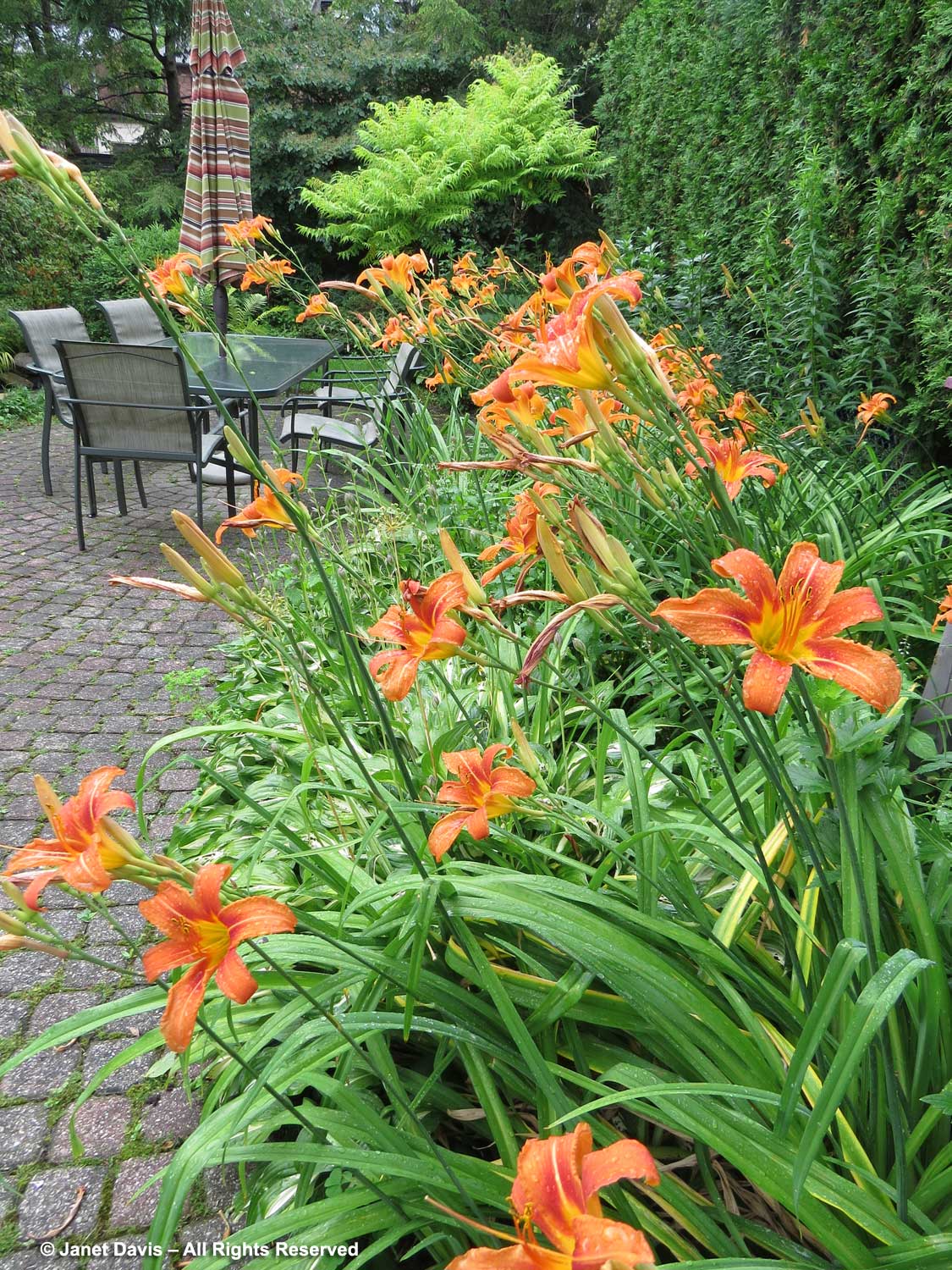Serviceberry Companion Plants That Will Make Your Garden Thrive
Serviceberries (Amelanchier spp.) are beautiful, versatile trees and shrubs that can add a touch of elegance to any garden. They are known for their delicate spring flowers, which can range in color from white to pink to purple. In the fall, their leaves often turn a brilliant red or orange, providing a colorful display. Serviceberries also produce edible berries that are enjoyed by birds and humans alike.
If you are thinking about adding a serviceberry to your garden, it is important to choose the right companion plants. Some good options include:
- Other serviceberries: Serviceberries can be planted together to create a grove or screen. This is a great way to attract wildlife and add visual interest to your garden.
- Flowering trees and shrubs: Serviceberries can be planted alongside other flowering trees and shrubs, such as dogwoods, crabapples, and magnolias. This will help to extend the flowering season in your garden and provide a variety of colors and textures.
- Ornamental grasses: Ornamental grasses can add a touch of movement and texture to a serviceberry planting. Some good options include miscanthus, fountain grass, and switchgrass.
- Herbs: Herbs can be planted beneath serviceberries to add fragrance and interest. Some good options include chives, mint, and oregano.
- Perennials: Perennials can provide year-round interest in a serviceberry planting. Some good options include daylilies, hostas, and iris.
When choosing companion plants for serviceberries, it is important to consider the following factors:
- Sunlight: Serviceberries need full sun to partial shade.
- Soil: Serviceberries prefer moist, well-drained soil.
- Pollinators: Serviceberries are a good choice for attracting pollinators, such as bees and butterflies.
- Wildlife: Serviceberries are also a good choice for attracting wildlife, such as birds and deer.
By carefully considering the factors above, you can choose the right companion plants to help your serviceberry thrive.
In addition to the companion plants mentioned above, there are a few other things you can do to help your serviceberry thrive.
- Water regularly: Serviceberries need moist soil, especially during the first year after planting.
- Fertilize in spring: Apply a balanced fertilizer to your serviceberry in the spring.
- Prune in late winter: Prune your serviceberry in late winter to remove dead, diseased, or damaged branches.
- Protect from pests and diseases: Serviceberries are generally resistant to pests and diseases, but they can be susceptible to some problems, such as aphids, scale, and powdery mildew. If you notice any problems, treat them promptly.
With a little care and attention, your serviceberry will thrive for many years to come.
Serviceberry trees and shrubs are beautiful additions to any garden, but they can be even more stunning when planted with the right companion plants. Some of the best companion plants for serviceberries include:
- Eastern sweetgum (Liquidambar styraciflua): This deciduous tree has fragrant flowers in the spring and colorful foliage in the fall. It is a good choice for gardens in USDA zones 5-9. Gardenia Inspiration
- Flowering dogwood (Cornus florida): This native North American tree is known for its showy white flowers in the spring. It is a good choice for gardens in USDA zones 4-9. Gardenia Inspiration
- Rhododendrons: These evergreen shrubs or trees are popular for their colorful flowers. They are a good choice for gardens in USDA zones 4-9. Gardenia Inspiration
- Arrowwood viburnum (Viburnum dentatum): This native North American shrub has fragrant white flowers in the spring and blue-black berries in the summer. It is a good choice for gardens in USDA zones 3-8. Gardenia Inspiration
- Oakleaf hydrangea (Hydrangea quercifolia): This deciduous shrub has large, showy flower clusters in the summer. It is a good choice for gardens in USDA zones 4-9. Gardenia Inspiration
- Sweet pepperbush (Clethra alnifolia): This native North American shrub has fragrant white flowers in the summer. It is a good choice for gardens in USDA zones 3-9. Gardenia Inspiration
- Coral bells (Heuchera spp.): These perennials have colorful foliage and flowers in the spring and summer. They are a good choice for gardens in USDA zones 3-9. Gardenia Inspiration
For more information about serviceberry companion plants, please visit Gardenia Inspiration.
FAQ of serviceberry companion plants
null
Image of serviceberry companion plants
- Serviceberry and oak trees. Serviceberries and oak trees are both native North American plants that can coexist well in the same space. The oak tree provides shade for the serviceberry in the summer, and the serviceberry's spring flowers attract pollinators that also benefit the oak tree.

- Serviceberry and viburnum shrubs. Serviceberries and viburnum shrubs are both flowering plants that bloom in the spring. They can be planted together to create a beautiful display of color. Viburnum shrubs also attract birds, which can help to control pests in the serviceberry tree.
- Serviceberry and peony flowers. Serviceberry trees and peony flowers are both early bloomers that can be planted together to create a long season of interest in the garden. The serviceberry's white flowers contrast nicely with the peony's pink or red blooms.
- Serviceberry and blueberry bushes. Serviceberry trees and blueberry bushes are both edible plants that can be planted together in the garden. The serviceberry tree provides shade for the blueberry bushes, which helps to protect them from the sun and heat.

- Serviceberry and daylily flowers. Serviceberry trees and daylily flowers are both low-maintenance plants that can be planted together in the garden. The daylily flowers bloom in the summer, providing color and interest when the serviceberry tree is not in bloom.

Post a Comment for " Serviceberry Companion Plants That Will Make Your Garden Thrive"